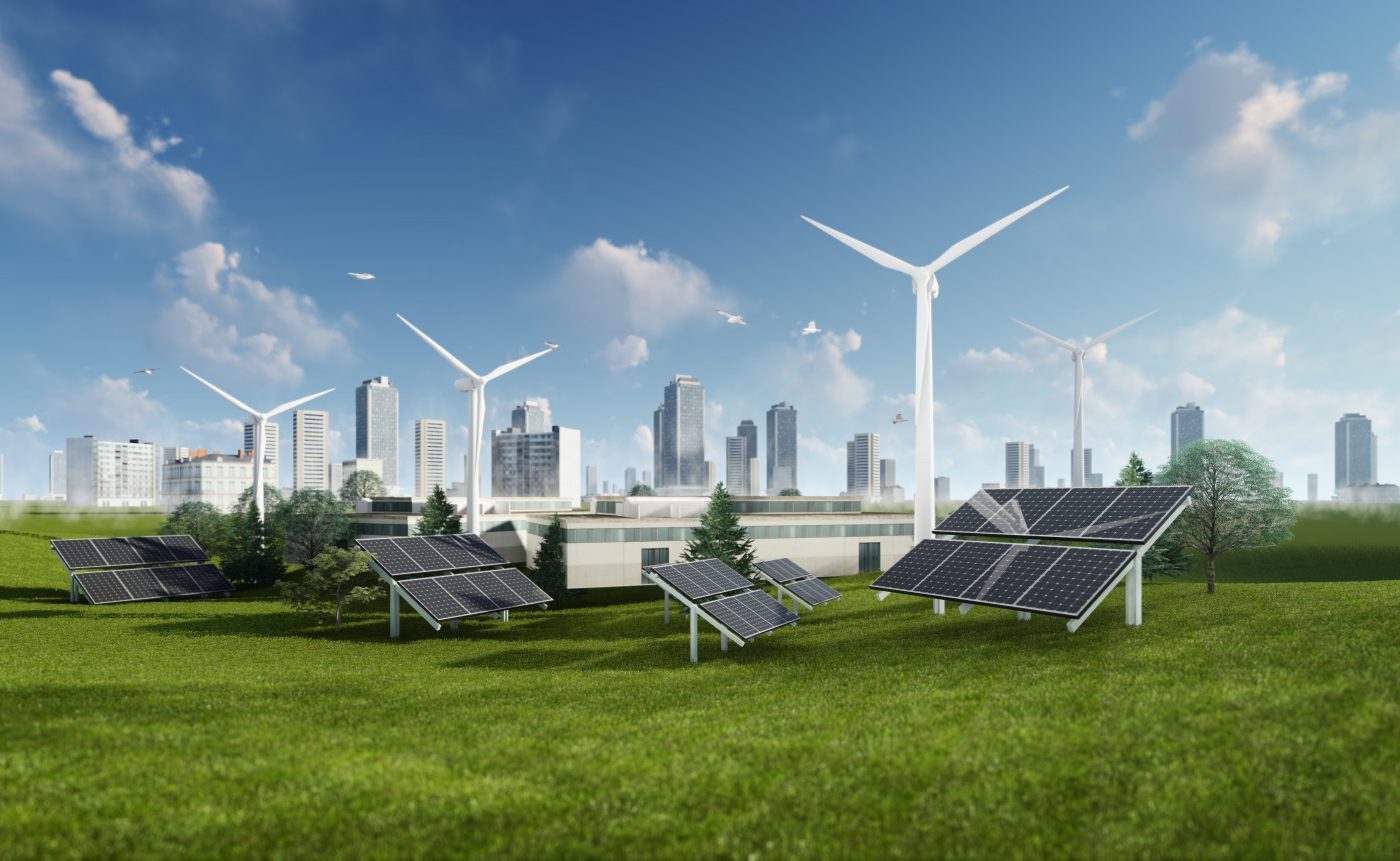Introduction
Imagine a world where your home generates its own electricity, your city optimizes power usage in real time, and pollution is a thing of the past. Sounds futuristic? Not anymore! With the rise of renewable energy and smart technology, this vision is fast becoming a reality. But how do these innovations work together, and why should we care? Let’s explore the crucial role renewable energy plays in making our homes and cities smarter, more efficient, and sustainable.
What is Renewable Energy?
Renewable energy comes from natural sources that replenish themselves over time, such as sunlight, wind, water, and geothermal heat. Unlike fossil fuels, which contribute to climate change, renewables offer a cleaner, sustainable way to power our world.
Types of Renewable Energy Used in Smart Homes and Cities
1. Solar Power
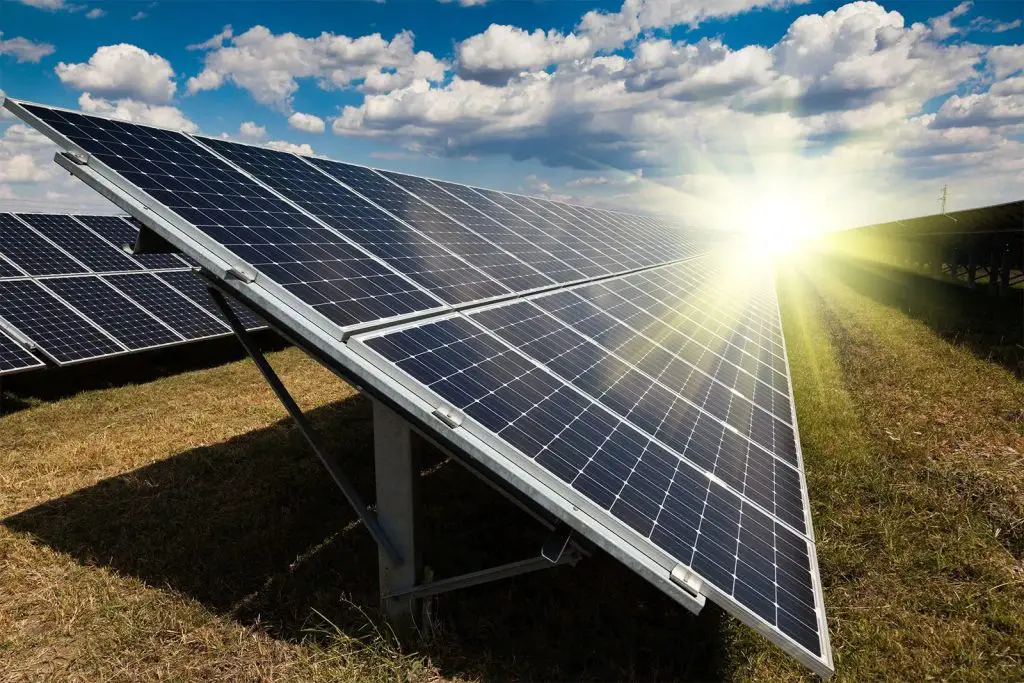
Solar panels convert sunlight into electricity, providing homes and cities with clean, abundant energy. With advancements like solar shingles and transparent solar panels, integrating solar power into urban life is easier than ever.
2. Wind Energy

Wind turbines harness the power of moving air to generate electricity. While traditionally used in rural areas, modern innovations allow for smaller, more efficient turbines suitable for urban environments.
3. Hydropower
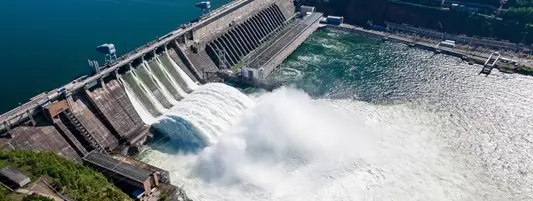
Hydroelectricity generates power from moving water. While large dams are well-known sources, small-scale hydro solutions can be integrated into urban settings, utilizing stormwater or small streams.
4. Geothermal Energy
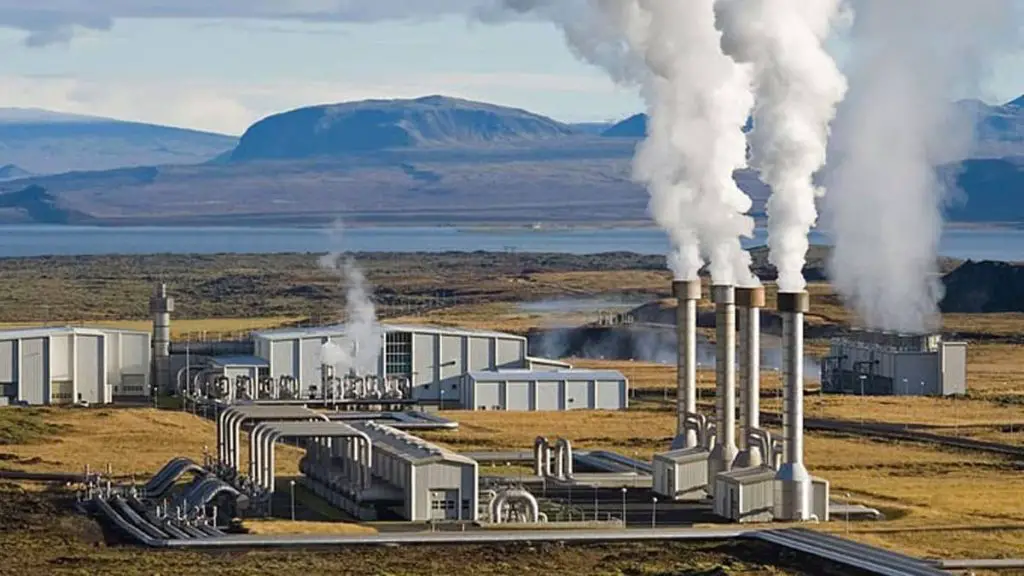
This energy source taps into the Earth’s heat to provide electricity and heating. Geothermal heat pumps are increasingly popular in smart homes for their efficiency and sustainability.
5. Bioenergy
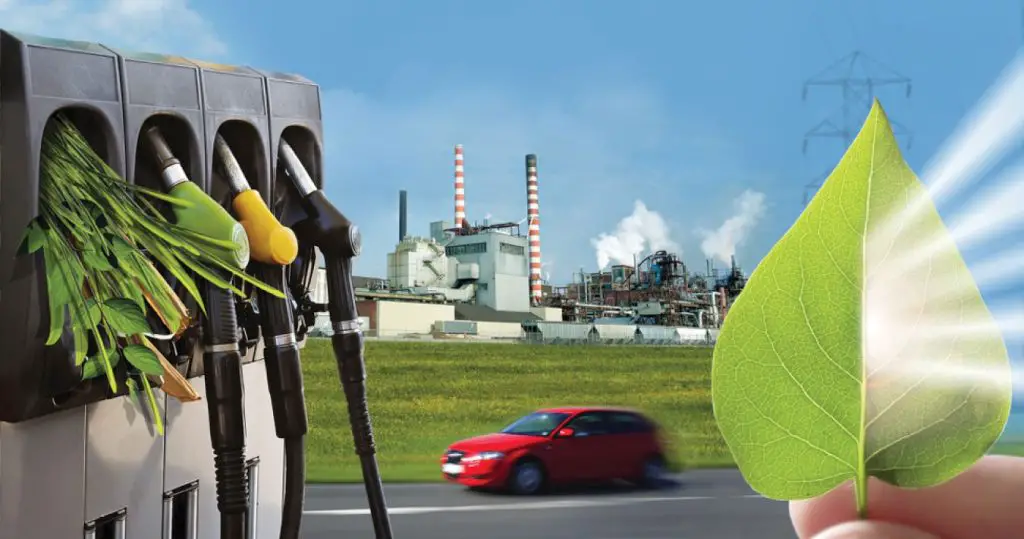
Derived from organic materials like wood, crop waste, and even algae, bioenergy offers an alternative to fossil fuels. Smart cities are exploring biofuel-powered public transport and waste-to-energy solutions.
How Renewable Energy Powers Smart Homes
Smart homes use automation and connectivity to enhance energy efficiency. When combined with renewable energy, they create self-sustaining ecosystems.
1. Solar-Powered Smart Homes
Modern homes can generate, store, and optimize their own solar energy. Smart systems adjust energy consumption based on real-time sunlight availability, reducing waste and lowering costs.
2. Smart Energy Management Systems
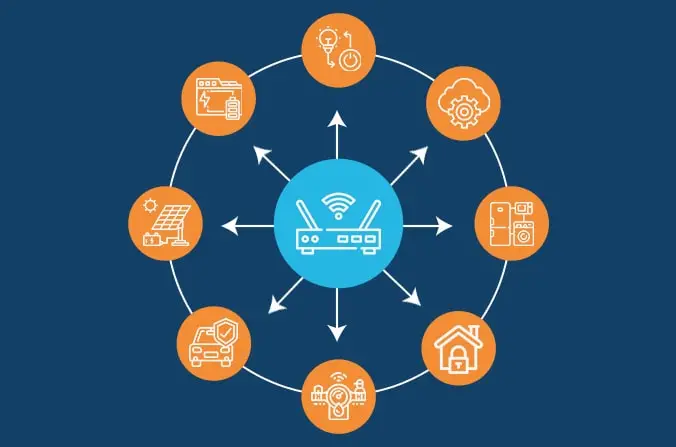
These systems monitor energy usage and automate power distribution. AI-driven analytics predict consumption patterns and adjust settings accordingly, ensuring optimal efficiency.
3. Battery Storage Solutions
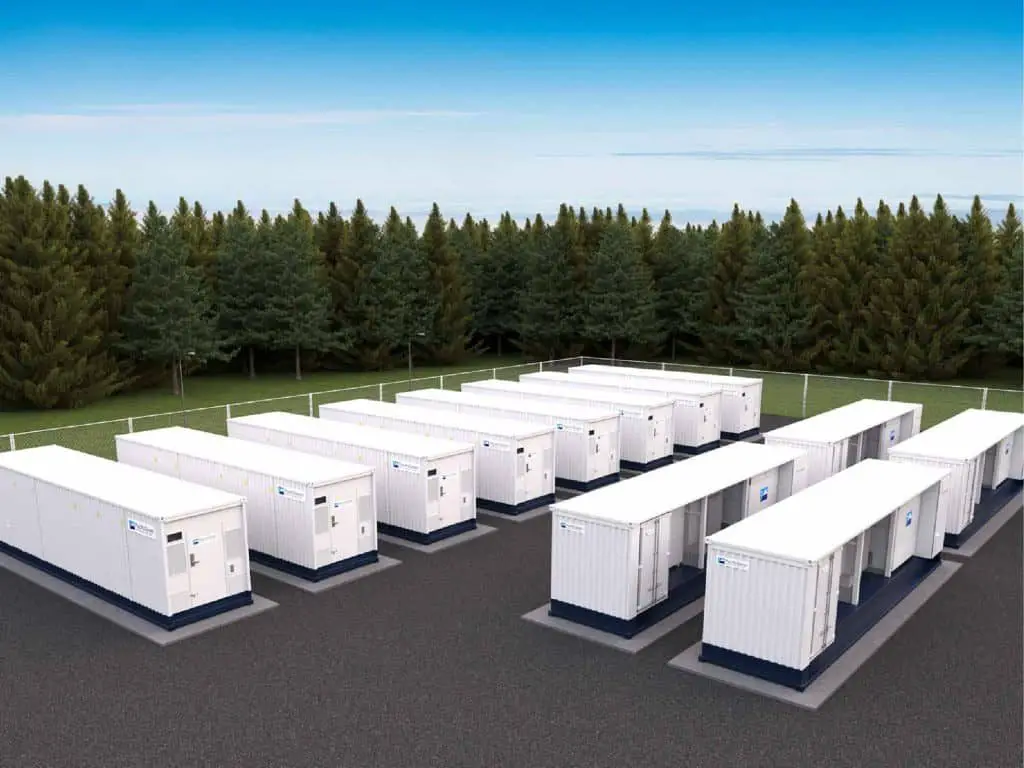
Home battery storage, like Tesla’s Powerwall, allows excess solar or wind power to be stored for use during cloudy days or peak demand periods.
4. IoT-Connected Devices
Smart thermostats, lighting, and appliances adjust their settings based on real-time energy availability, reducing consumption while maintaining comfort.
5. Net-Zero Energy Homes
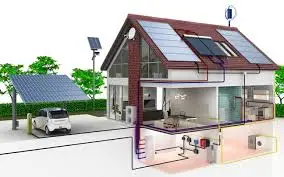
A net-zero home generates as much energy as it consumes, thanks to a combination of renewable power, storage solutions, and efficient design.
IoT Applications for Real-Time Fleet Monitoring in Supply Chains
How Renewable Energy Transforms Smart Cities
Smart cities integrate technology and sustainability to improve urban living. Renewable energy is at the core of this transformation.
1. Renewable-Powered Smart Grids
A smart grid uses AI and real-time data to distribute renewable energy efficiently, reducing outages and optimizing consumption.
2. Green Public Transportation
Electric buses, solar-powered charging stations, and biofuel-based transport systems contribute to cleaner, smarter urban mobility.
3. Smart Street Lighting
Solar-powered streetlights equipped with motion sensors save energy by adjusting brightness based on foot traffic and weather conditions.
4. Sustainable Architecture
Green buildings use renewable energy, eco-friendly materials, and smart systems to reduce carbon footprints while enhancing comfort and efficiency.
5. Waste-to-Energy Initiatives
Smart cities convert waste into bioenergy, reducing landfill use and generating clean power.
Challenges of Integrating Renewable Energy in Smart Cities
Despite its promise, renewable energy integration faces obstacles.
1. High Initial Costs
While long-term savings are substantial, the upfront investment in solar panels, wind turbines, and smart infrastructure can be prohibitive.
2. Energy Storage Limitations
Battery technology is improving, but large-scale storage remains expensive and inefficient in some regions.
3. Intermittency Issues
Renewable sources depend on weather conditions. Smart grids and diversified energy sources help mitigate fluctuations.
4. Infrastructure Challenges
Older cities require significant upgrades to accommodate smart energy solutions, making widespread adoption complex.
The Future of Renewable Energy in Smart Homes and Cities
With continued advancements in AI, IoT, and energy storage, the future looks promising. Emerging trends include:
- Solar windows that turn entire skyscrapers into power plants.
- Wireless energy transfer for seamless power distribution.
- AI-driven energy optimization that predicts and balances supply and demand.
- Hydrogen fuel cells as an alternative clean energy source.
Conclusion
The integration of renewable energy in smart homes and cities is not just a trend it’s a necessity. As technology advances, we move closer to energy independence, reduced carbon footprints, and a cleaner planet. The question is, are we ready to embrace this sustainable future?
FAQs
1. How do smart homes benefit from renewable energy?
Smart homes optimize energy use, reduce reliance on fossil fuels, and lower electricity bills by integrating renewable energy sources like solar and wind power.
2. Can renewable energy fully power a smart city?
While challenges exist, a combination of solar, wind, hydro, and energy storage solutions can significantly reduce reliance on traditional power sources.
3. What role does AI play in renewable energy management?
AI analyzes energy consumption patterns, predicts demand, and optimizes distribution, ensuring efficiency in smart homes and cities.
4. How expensive is it to switch to renewable energy?
Initial costs can be high, but long-term savings on energy bills and government incentives often make the investment worthwhile.
5. What are the best renewable energy sources for urban areas?
Solar power, wind energy, and bioenergy are particularly effective in urban settings, providing sustainable and reliable energy solutions.
